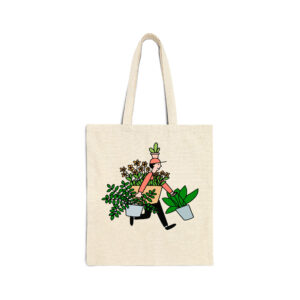Table of contents
Spindle palm

Latin Name: Hyophorbe verschaffeltii
Category: Palm
Family: Arecaceae
Origin: Rodrigue Island
Climate: Tropical
Growing Zones: 11-10
Care Instructions
The Spindle palm (Hyophorbe verschaffeltii) is a tropical plant that originates from Rodrigue Island. This palm plant belongs to the Arecaceae family and is well-suited for growing in USDA zones 11-10.
Complete Care Guide for Spindle Palm (Hyophorbe verschaffeltii)
Watering Requirements
The Spindle Palm, known for its unique spindle-shaped trunk and lush fronds, thrives best with a consistent watering schedule. It prefers to be kept moist but not soggy. During the growing season, which typically spans from spring to early fall, water the plant thoroughly when the top inch of soil feels dry to the touch. In cooler months, reduce watering frequency, allowing the soil to dry out slightly between waterings. Overwatering can lead to root rot, so ensure that the pot has adequate drainage. If grown outdoors, consider the local climate; during hot, dry spells, you may need to increase watering to keep the soil consistently moist.
Light Conditions
The Spindle Palm flourishes in bright, indirect light but can also tolerate partial shade. Ideally, place it in a location where it receives filtered sunlight, as direct sunlight can scorch its delicate fronds. If grown indoors, a spot near a window with sheer curtains is perfect. If the palm is kept in too low light, it may exhibit slow growth and pale leaves. Conversely, too much direct sunlight can lead to leaf burn. For outdoor cultivation, ensure that the palm is protected from harsh afternoon sun, especially in hotter climates.
Soil Preferences
The Spindle Palm prefers well-draining soil that retains some moisture without becoming waterlogged. A high-quality potting mix that includes components like peat moss, perlite, and sand is ideal. This combination allows for good aeration and drainage while retaining enough moisture for the roots. If planting in the ground, amend the native soil with organic matter to improve drainage. Fertilization should be done during the growing season with a balanced, slow-release fertilizer every 4-6 weeks to promote healthy growth. Avoid fertilizing in the winter months when the plant is dormant.
Pests and Diseases
The Spindle Palm is relatively resistant to pests, but it can occasionally be affected by common houseplant pests such as spider mites, mealybugs, and scale. Regularly inspect the undersides of the leaves for any signs of infestation. If pests are detected, treat them promptly with insecticidal soap or neem oil, ensuring thorough coverage of the affected areas. Additionally, the palm can be susceptible to fungal diseases if overwatered or if humidity levels are too high. To prevent these issues, ensure proper air circulation around the plant and avoid wetting the leaves during watering. If you notice any signs of disease, such as yellowing leaves or black spots, remove affected fronds and adjust care practices accordingly.
Special Care Tips
To keep your Spindle Palm healthy and thriving, consider the following special care tips: First, regularly dust the leaves with a damp cloth to keep them clean and allow for optimal photosynthesis. This also helps prevent pest infestations. Second, if you notice the fronds starting to droop, it may be a sign of underwatering or insufficient light, so adjust your care routine accordingly. Third, during the growing season, you can occasionally mist the leaves to increase humidity, especially in dry indoor environments. Lastly, be patient; the Spindle Palm is a slow grower, and it may take time to reach its full potential. With the right care, this stunning palm can become a beautiful focal point in your garden or home.








